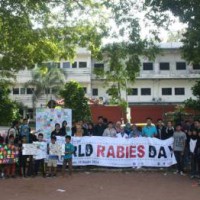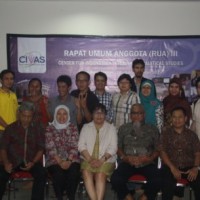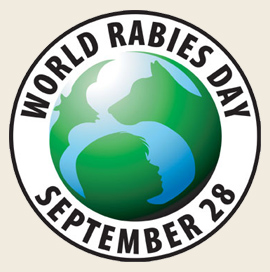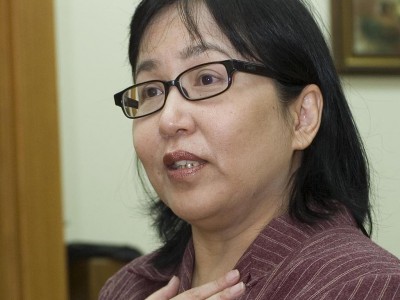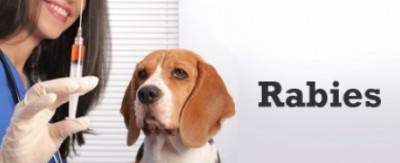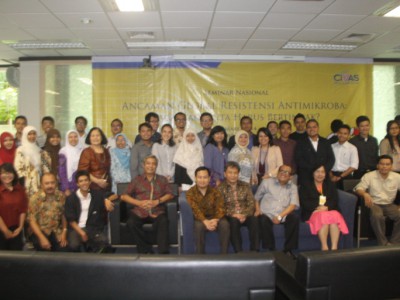Free Range Duck Study
Wednesday, 15 March 2006
The first CIVAS project is a field study on major small/medium scale free range duck systems in Indonesia. The project is based on a Letter of Agreement between FAO and CIVAS signed by FAO on 13 December 2005 and by CIVAS on 15 December 2005. The study is commenced on 15 January 2006 and a final report will be submitted by 15 March 2006.
The rationale of the study is that ducks are well known as one of the water birds who act as a natural reservoir for Influenza A viruses. In aquatic birds, the virus replicates predominantly in the intestinal tract is shed through the faeces. The virus is thus usually orally transmitted through water. Thus extensive systems of husbandry have a high possibility to play an important role in spreading virus because of the movement of ducks from one area to other.
The objective of this study is to understand better the role of free ranging duck systems in the transmission of Highly Pathogenic Avian Influenza (HPAI) in Indonesia. The study will also identify additional knowledge gaps that will require investigation and make preliminary recommendations on practical husbandry related control measures.
An FAO international consultant, Dr. Stephen Swan has visited Indonesia from 17-19 January 2006 to coordinate the programme with CIVAS. Accompanied by two CIVAS members, Dr. Swan had visited several duck farms in subdistrict of Mauk and Spartan in Tangerang district.
Ducks in Indonesia (as a poultry commodity) are less important than chicken. They represent 2.8% of the total poultry population including the commercial sector, and counting all broiler batch-capacity per year or 11.6% of poultry in village and backyard farming systems (sector 4). The traditional extensive system (sector 4) is mostly done by herding ducks to find locations of food sources in rice-field or swampy areas. Ducks are usually herded by farmers on a daily basis looking for feed from paddy outcasts, snails, broken rice, small fish, plus small amounts of insects, leafy material (weeds), crabs and frogs. Golden snails are found in some areas.
Herded flocks under the care of a single herdsman usually range in size from 90 to 130. During the day, a flock of ducks (usually mature females), is allowed to search for food in harvested rice fields and other areas where food is plentiful. At night, the flock is returned to confinement, usually a bamboo pen, where eggs are laid in the morning. Eggs are collected and sold, or used for food by the herdsman’s family.
The semi-intensive system (sector 3) is mainly semi-commercial or commercial, where ducks are kept in confinement with a pond, considering their instincts of liking water. In this system, ducks are free ranging/scavenging, resting and swimming in the pond in and around the confinement, so they felt like living in a natural environment. The study is based on four main sources of information which are : (1) secondary data from documents provided by the districts; (2) primary data obtained from the districts by interviewing district officers using questionnaire; (3) primary data from farms/producers by interviewing farmers directly using questionnaire; and (4) literature research through searching literatures in libraries and browsing internet. Five districts have been identified as the study locations which are: (1) Tangerang district in Banten province; (2) Subang district in West Java province; (3) Cirebon district in West Java province; (4) Brebes district in Central Java province; and (5) Pemalang district in Central Java province.


